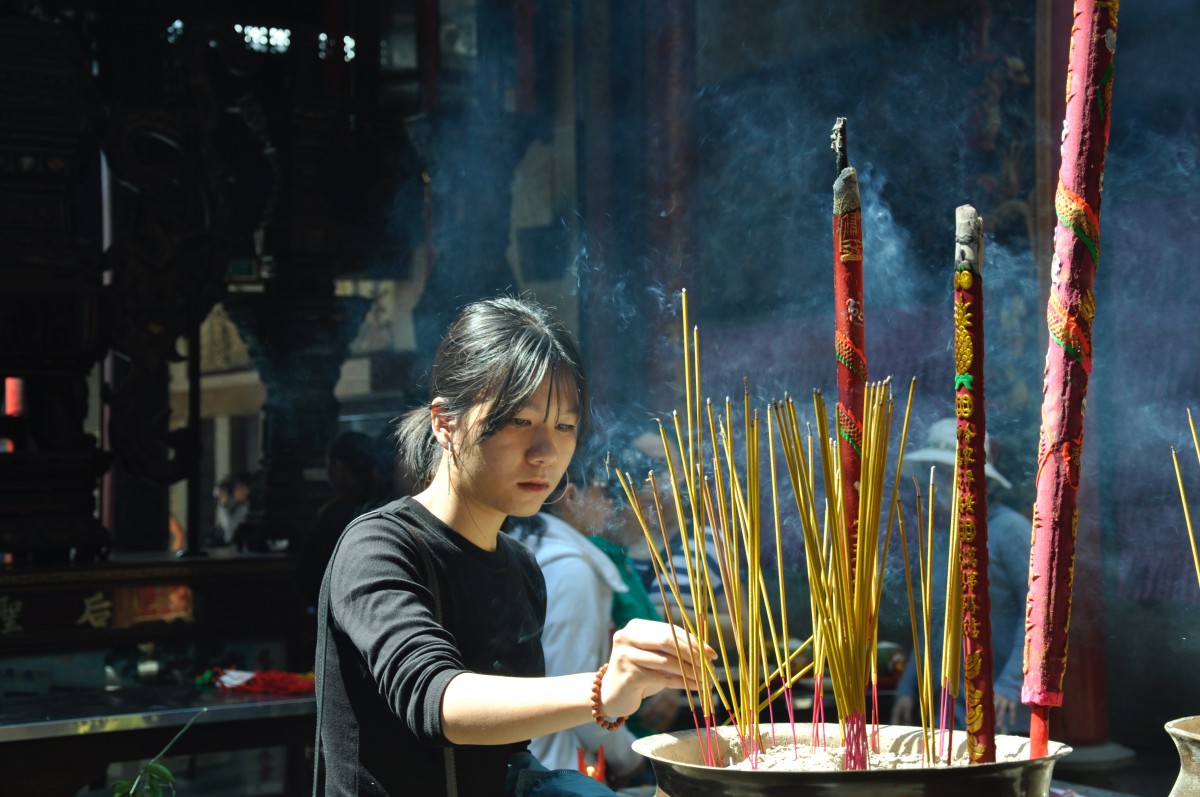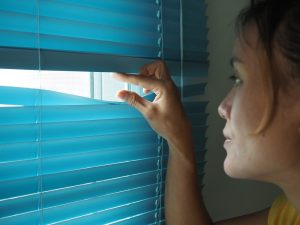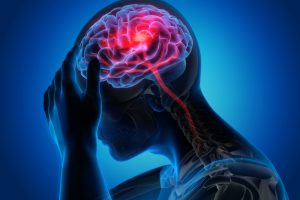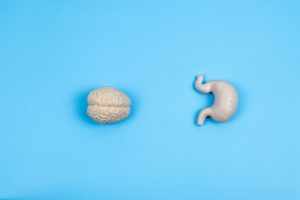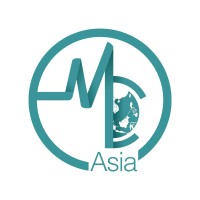Endometriosis is a condition in which tissue similar to the lining of the uterus grows outside of it, causing chronic pain and other symptoms. It affects an estimated 176 million women worldwide, and a significant number of them are in Asia.
What is Endometriosis?
Endometriosis occurs when the tissue that lines the inside of the uterus (the endometrium) grows outside of it. It grows in areas such as on the ovaries, fallopian tubes, or other areas of the pelvic cavity. This abnormal growth causes pain, heavy periods, infertility, and other symptoms. The severity of the symptoms can vary widely, from mild discomfort to debilitating pain.
Impact on Asian Women
Endometriosis is a common condition among Asian women, affecting around 10% of women of reproductive age according to data from Singapore. It can have a significant impact on their quality of life, causing physical and emotional stress. However, many women suffer in silence and go undiagnosed, leading to delays in treatment and unnecessary suffering.
This condition is more common among Asians compared with Caucasians, and more prevalent among women with a lower body mass index. Those with a short menstrual cycle length or experience obstruction of menstrual flow are also likely to experience higher risk.
Dr Ma Li, a consultant in the department of obstetrics and gynaecology at the National University Hospital (NUH), said: “Endometriosis is a systematic disease that can affect the whole body and other organs including uterus, ovaries, vagina and rectum. Early treatment will help these women with their overall and reproductive health.”
Challenges in Diagnosis
Endometriosis is notoriously difficult to diagnose because its symptoms can mimic those of other conditions. They include ovarian cysts or irritable bowel syndrome. Furthermore, the stigma surrounding menstrual health in many Asian cultures can make it challenging for women to speak openly about their symptoms, leading to delays in seeking medical attention.
Limited Treatment Options
There is no cure for endometriosis, and treatment options are limited. Pain medication, hormone therapy, and surgery are often used to manage symptoms. However, none of these options are without side effects. Surgery is usually only for severe cases, and there is a risk of the condition recurring after treatment.
Impact on Fertility
Endometriosis can also have a significant impact on fertility, with up to 50% of women with the condition experiencing difficulties conceiving. Additionally, The abnormal tissue growth can cause scarring, inflammation, and damage to the reproductive organs. This makes it harder for fertilization to occur.
Raising Awareness
The lack of awareness and understanding of endometriosis among healthcare professionals and the general public is a significant challenge in the management of the condition. Therefore, increased education and awareness campaigns are needed to ensure that women are diagnosed early and receive the appropriate care and support.
Some 30 per cent to 50 per cent of women with endometriosis encounter challenges conceiving, said Dr Celene Hui, a consultant in the minimally invasive surgery unit, division of obstetrics and gynaecology at KK Women’s and Children’s Hospital.
Conclusion
Endometriosis is a challenging condition that can have a significant impact on the lives of Asian women. It requires greater awareness and understanding from both the public and healthcare professionals to ensure that women receive timely diagnosis and effective treatment. With more research and advocacy, we can help women with endometriosis lead better, happier lives.



